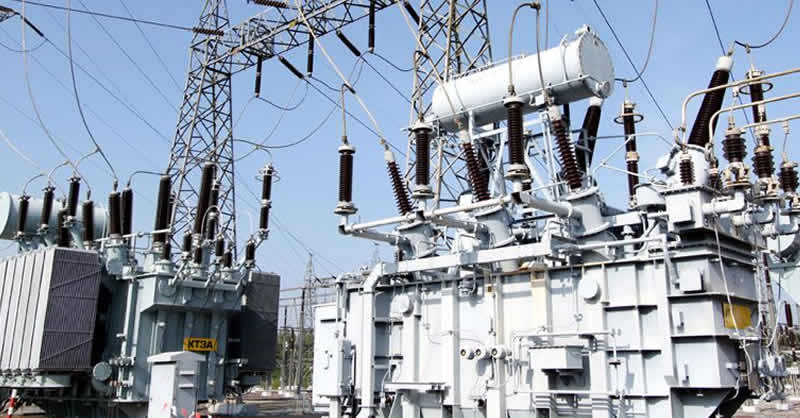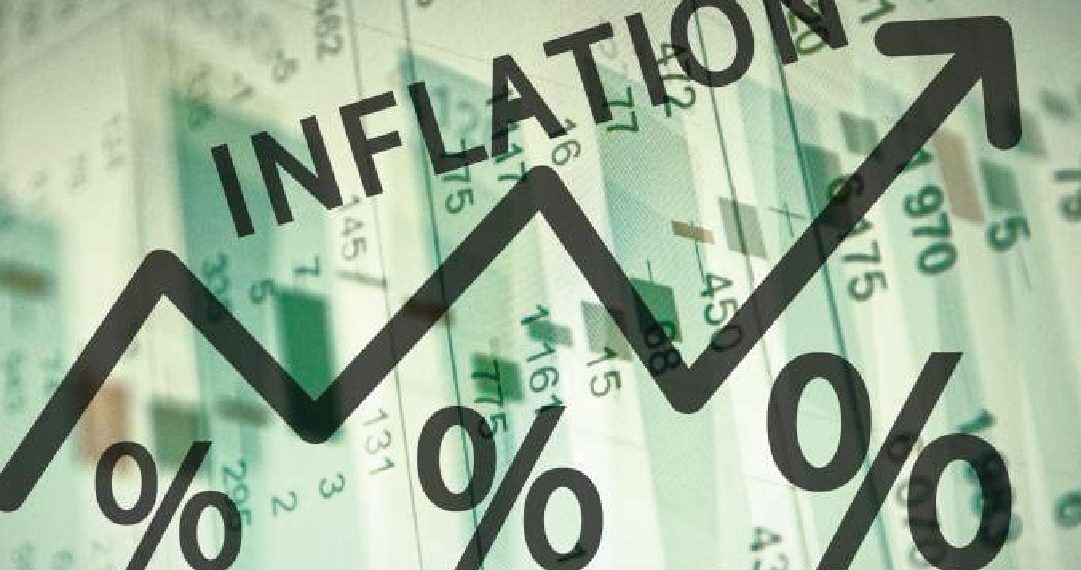Companies that generate and distribute electricity are working to meet the 5,000 MW goal set by the federal government. Meanwhile, the power supply in some Nigerian households has started to progressively improve. The production of electricity grew to 5,043 megawatts a few days ago, according to Tuesday’s findings.
The power industry was mandated by the Nigerian Energy Regulatory Commission to start producing and supplying at least 5000MW of electricity to the country’s population of over 200 million people on August 1.
The threshold was reached on September 1, 2022, according to figures from the Transmission Company of Nigeria, an 8.1% increase over the 4,664MW reported the day before. Nevertheless, 5000MW is a long way from the minimum 30, 000MW required by experts for Nigeria to realize sufficiency. After then, according to a more recent check, generation fell below 5000 MW, reaching a high of 4,265.30 MW on September 4.
Since the electrical employees, represented by the Senior Staff Association Energy and Allied Companies and the National Union of Electricity Employees, grounded the TCN’s operations and caused a statewide blackout, it has been observed that the electricity supply has remained rather steady.
In August, an average of 93,183MWh of electricity was supplied to consumers, as against an average of 86,221MWh sent out in the previous month. In the same vein, energy production has also been ramped up with a daily average generation of 94,281.68MWh in August.
On September 1st, a total of 102,875.3MWh of energy was produced, while 101,630MWh of energy was delivered, making up 99 percent of the entire amount of power produced. Additionally, the lowest frequency on Thursday was 49.8Hz, and the highest frequency was 51.1Hz.
Power supply has reportedly increased in Ikorodu, Oke-Afa Isolo, Agbado Lagos, Ire Akari Estate, Lagos, Harmony Estate along Yakoyo, Berge, Arepo, and Wawa in Ogun state, as well as Abuja.
It’s possible that some indicators, such the decline in tariff shortages and the regular increases in electricity rates in accordance with the Multi-year Tariff Order, are related to the better power supply.














